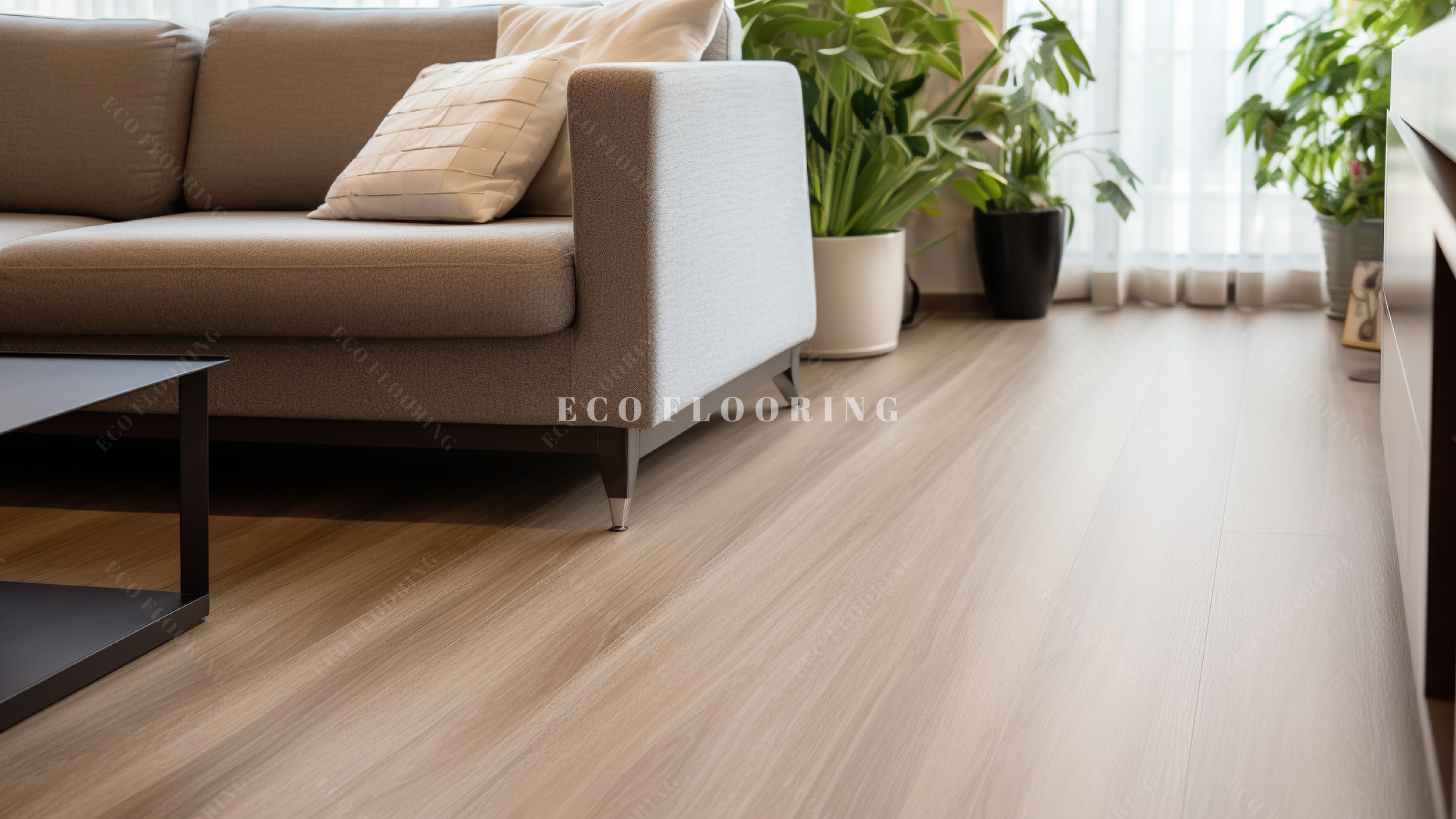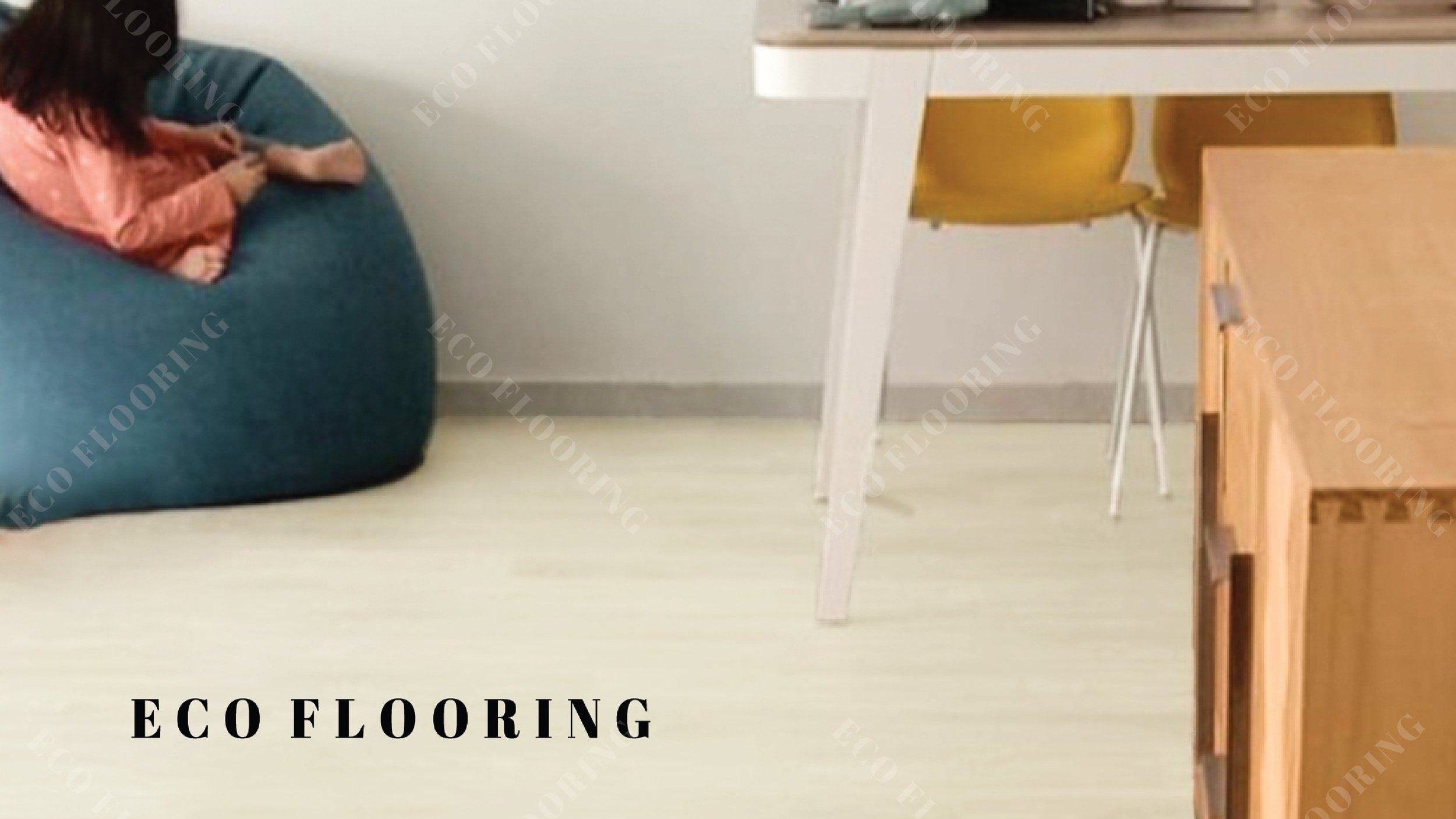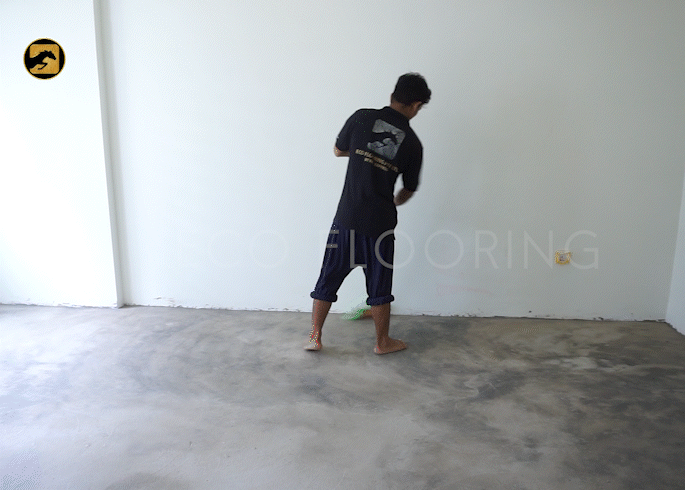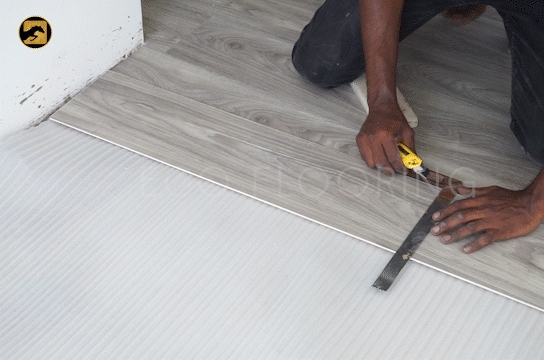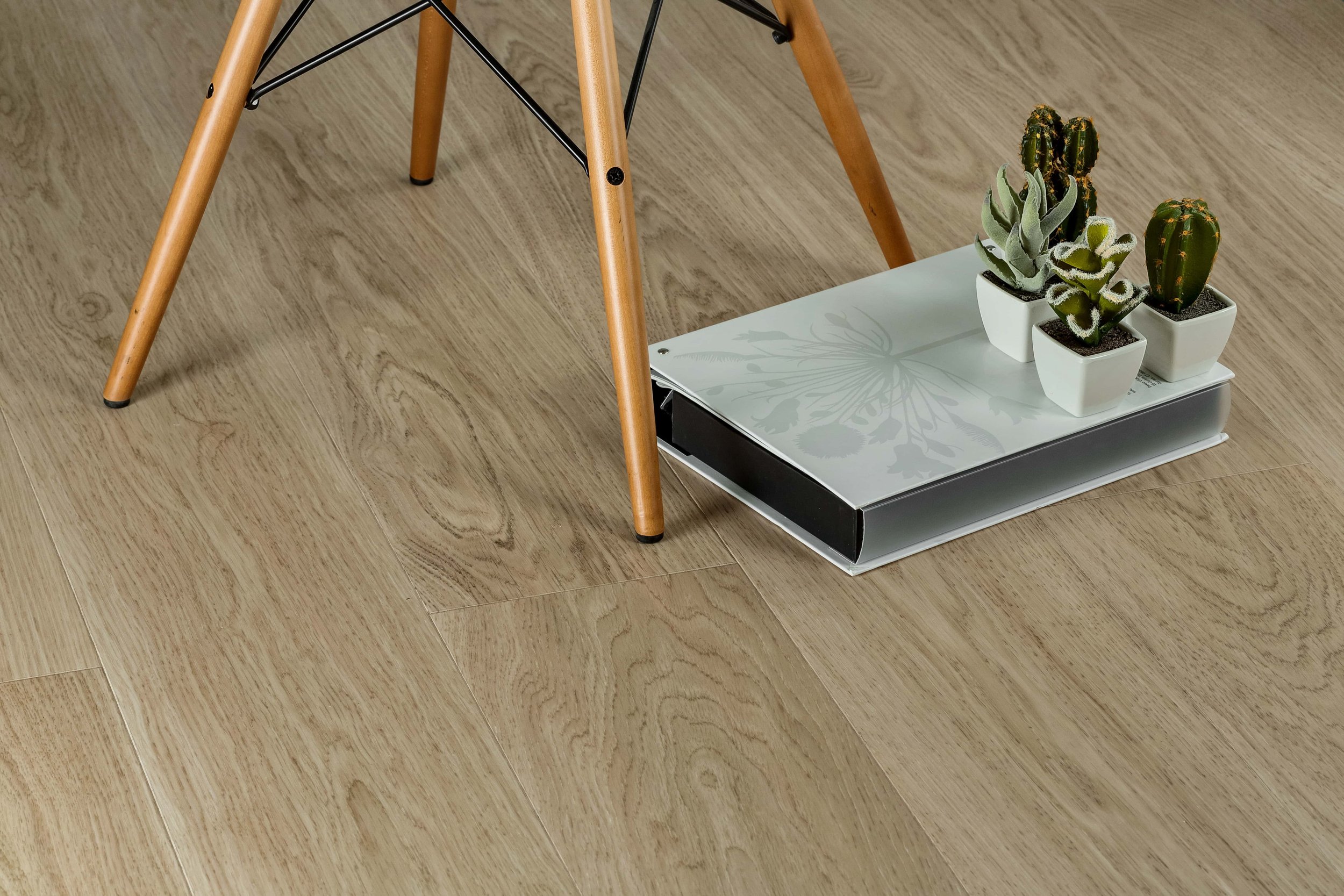When it comes to selecting the perfect flooring option for homes in Singapore, vinyl emerges as the unrivaled choice, seamlessly marrying practicality with style. This article delves into the myriad reasons why vinyl flooring stands tall as the ultimate flooring solution for houses in the Lion City.
Durability in Humid Climates:
Singapore's tropical climate often brings high humidity levels, posing a challenge to traditional flooring materials. Vinyl flooring, however, is impervious to moisture, making it an ideal choice that withstands the humidity, preventing issues like warping and mold growth.
Easy Maintenance in Urban Lifestyles:
With the fast-paced urban lifestyle in Singapore, homeowners seek low-maintenance solutions. Vinyl flooring is a breeze to clean and maintain, requiring simple sweeping and occasional mopping. This not only saves valuable time but also ensures a consistently clean and polished look.
Variety of Designs for Every Aesthetic:
Vinyl flooring offers an extensive range of designs and patterns, from realistic wood and stone textures to contemporary geometric prints. Homeowners can choose a design that complements their interior style, achieving a personalized and visually appealing living space.
Comfort Underfoot in Warm Climates:
The comfortable and cushioned surface of vinyl flooring adds a touch of luxury to homes in Singapore. Its cool-to-touch surface is particularly welcoming in warm climates, providing a comfortable haven for residents to walk, play, and relax.
Budget-Friendly Option:
Vinyl flooring is a cost-effective solution that doesn't compromise on quality or style. It allows homeowners to achieve a high-end look without breaking the bank, making it a budget-friendly option for those looking to enhance their home's aesthetic appeal.
Resilience to Heavy Foot Traffic:
Being a bustling city, Singapore homes often experience heavy foot traffic. Vinyl flooring, known for its durability, can withstand the demands of busy households, ensuring longevity without sacrificing style.
Eco-Friendly Options Available:
For environmentally conscious homeowners, vinyl flooring offers eco-friendly options. Many manufacturers produce vinyl flooring with recycled materials, contributing to sustainability while maintaining the material's inherent durability.
Quick Installation Process:
In a city where time is of the essence, the quick and straightforward installation process of vinyl flooring is a major advantage. Homeowners can swiftly transform their living spaces without prolonged disruptions.
In the dynamic and vibrant cityscape of Singapore, vinyl flooring emerges as the epitome of practicality and style for homes. Its durability, easy maintenance, diverse design options, and budget-friendly nature make it the optimal choice for residents seeking a flooring solution that seamlessly aligns with the demands of modern urban living. Elevate your home with the resilient charm of vinyl flooring, turning every step into a luxurious and stylish experience.






